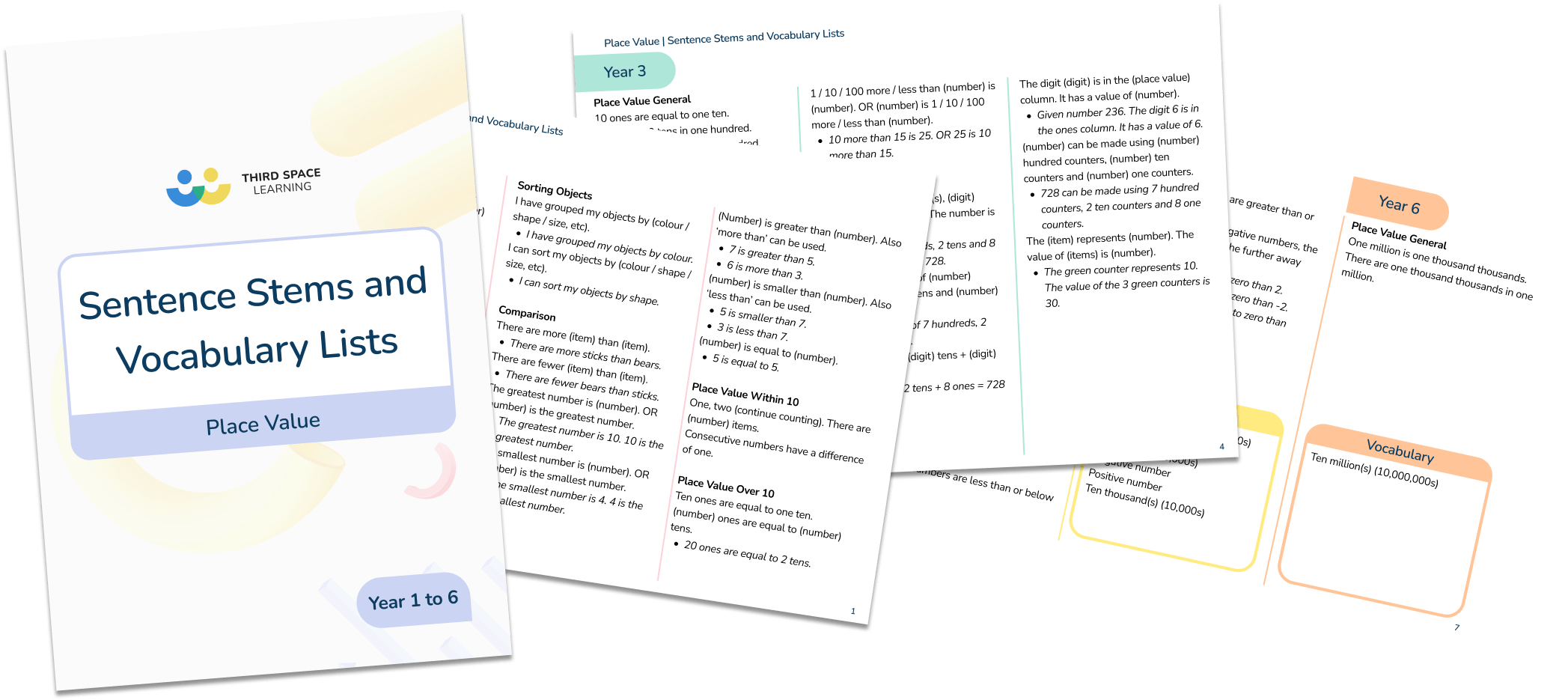Why You Should Be Using Stem Sentences In Your Primary Maths Teaching
Stem sentences are an essential part of the toolkit for teaching and learning primary school maths. Each new topic introduces specific vocabulary and concepts from the moment a child starts school, many of which are similar and easily confused.
For example, consider tens and tenths. Without explicitly clarifying the difference between the two concepts, pupils may confuse the terms.
It is therefore important for pupils and teachers to have a common vocabulary and understanding when discussing maths. Ideally, this would also be shared across the whole school, thereby avoiding concepts or vocabulary appearing to change.
As an example, in years gone by, pupils were taught that ‘sum’ referred to any calculation, whereas it is actually the answer to an addition calculation (addend + addend = sum).
By using this mathematically accurate language when the concept is introduced, and not changing the language throughout the years, it avoids unnecessary misunderstandings or misconceptions later. Stem sentences are one method for achieving this in practice.
- What is a stem sentence?
- Stem sentences in maths
- How to use a sentence stem
- Why is a whole school approach important?
- How to start using sentence stems as a maths lead
- How to start using sentence stems as a maths teacher
- Stem sentences maths examples
- How stem sentences are incorporated into our interventions
What is a stem sentence?
A stem sentence is used in a range of topics to provide clarity or to generalise concepts, but it is not a new concept in education. In maths, stem sentences include accurate mathematical vocabulary in a highly structured sentence that provides pupils with a way to communicate their ideas with mathematical precision as well as clarity.
Stem sentences in maths
Stem sentences can be used to:
- Express a key concept
- Generalise a key concept
- Provide a template for discussions or explanations
Each time learners repeat a stem sentence correctly, it helps embed the concept. Sentence stems are a fantastic resource when using an ‘I do, we do, you do‘ teaching pedagogy.
For example, if a pupil is asked what the value of the digits in 24 are and they say, ‘24 has 2 tens and 4 ones’, they are able to think aloud with mathematical precision and clarity. They are also able to embed the concept that 24 is the same as 2 tens and 4 ones (compared to an answer of simply ‘2 tens and 4 ones’). By encouraging pupils to say the whole sentence, they also reiterate the question and answer to others.
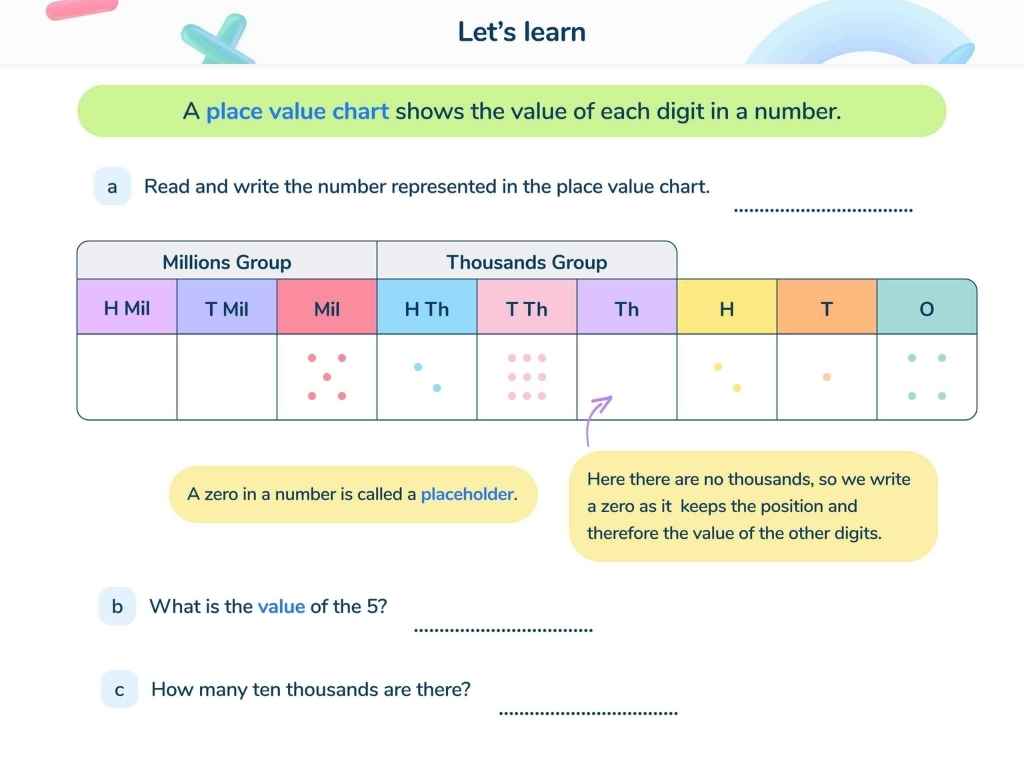
in a Third Space Learning AI tutoring session
Expressing a key concept
Stem sentences that describe a key concept generally include missing parts to be completed. For example, ‘(number) is greater than (number).’ This simple sentence can be populated in different ways in different situations, such as ‘17 is greater than 7’ or ‘8.21 is greater than 1.32.’
This sentence structure helps pupils to scaffold their thinking when providing an answer to a question stem. It also helps them to focus on the maths involved, not on how to explain their idea (we have all had that moment of knowing the answer to a question until we are asked to say it out loud and our minds turn blank).
Generalising a key concept
Stem sentences that are used to describe a generalisation are usually complete sentences. For example, ‘There are ten tens in one hundred’ or ‘Consecutive odd numbers always have a difference of two.’ This type of stem sentence clarifies a mathematical concept and does not change.
If a pupil is struggling to understand a new concept, this type of stem sentence can be used to generalise the learning. Generalisation stem sentences are very useful when embedding concepts or recapping prior learning before building on them. Stem sentences from previous year groups, topics or lessons may be relevant to use in future lessons to recap concepts.

Meet Skye, the voice-based AI tutor making maths success possible for every student.
Built by teachers and maths experts, Skye uses the same pedagogy, curriculum and lesson structure as our traditional tutoring.
But, with more flexibility and a lower cost, schools can scale online maths tutoring to support every student who needs it.
Watch Skye in actionStructuring ideas and explanations
The final type of stem sentence is used to generally help structure ideas. These can be used in a range of lessons and are not maths specific. They usually include sentence starters and ‘because’ to draw out an explanation.
For example, ‘I think the answer is… because…’ or ‘I know… because…’
This type of sentence starter can be used in any lesson to draw out the pupil’s thought process when finding an answer. By using this type of stem sentence, learners are forced to articulate their ideas clearly, which can show if they have a surface level of understanding or a higher-level understanding of the concept they are exploring.
All together now!
The different types of stem sentences can be used in conjunction with each other to give detailed answers that are rooted in mathematical understanding. For example, when answering 6 x 4, the pupil may use the following stem sentences to give the answer:
- ‘To calculate 4 lots of (number), I can double (number) and double the answer’
- ‘I know the answer is… because…’
‘To calculate 4 lots of 6, I can double 6 and double the answer. I know the answer is 24 because 6 doubled is 12 and 12 doubled is 24.’
Place Value Sentence Stems & Vocabulary Lists
Looking for a list of sentence stems? Our printable free resource contains appropriate sentence stems and vocabulary for place value across Years 1 to 6.
Download Free Now!How to use a sentence stem
Repetition is a key part of using stem sentences in the classroom. Using an ‘I say, you say, we say’ system is helpful and can be easily inserted into lesson plans.
First, the teacher introduces the stem sentence, ensuring that the learners actually understand what the stem sentence means. They will then say the stem sentence (I say), tell the pupils to repeat the stem sentence (you say), and finally say the stem sentence with the whole class (we say).
This helps pupils to understand that the stem sentence is an important part of the lesson and how to say it correctly. Missing parts can be completed in different ways to show examples of how the stem sentence is used. The appropriate stem sentence should then be referred to throughout the lesson (or maths lessons to come).
It is essential that pupils actually use and understand the stem sentence as a regular part of their learning and to promote meaningful conversation in the classroom. The teacher should also model using stem sentences whenever appropriate.
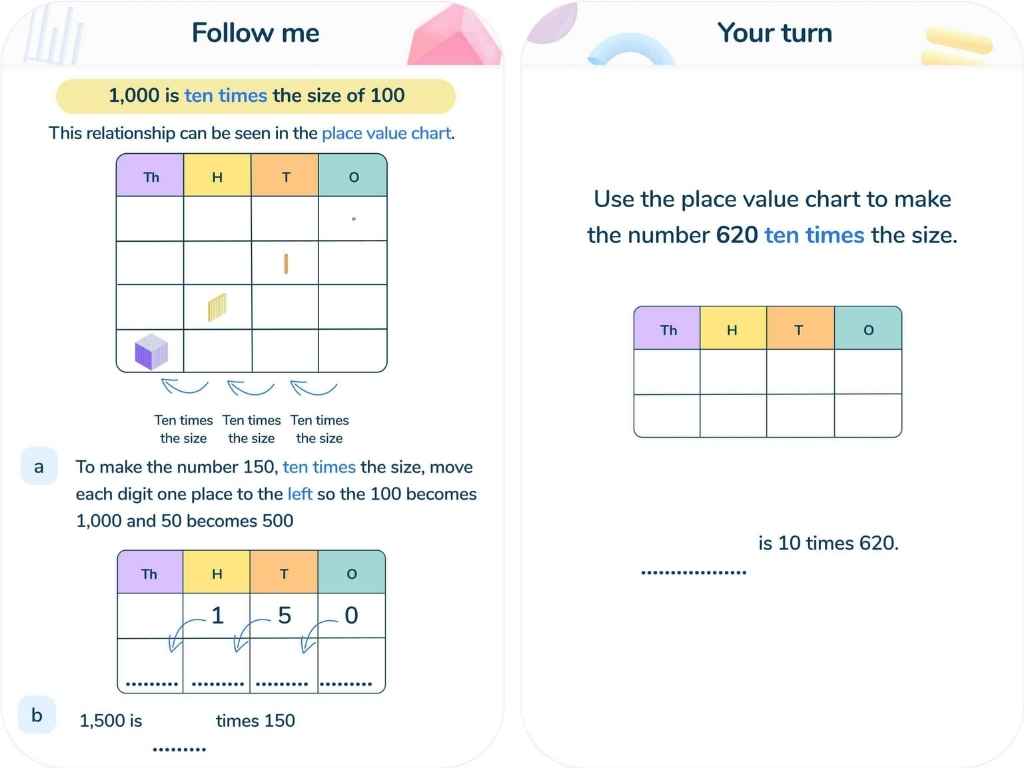
in a Third Space Learning AI tutoring session
Why is a whole school approach important?
Learning requires pupils to build upon what they already know. You cannot start teaching a child addition if they do not have a strong understanding of number, just as you cannot teach reading without an understanding of letters.
A whole school approach to stem sentences will benefit pupils in two ways; they will use accurate mathematical language from an early age, and they will become familiar with the use and format of stem sentences. By using mathematically accurate language from a young age, learners should become more confident with the specific terms and their meanings, as well as improve their overall mathematical language proficiency.
Some stem sentences may appear simple, but by understanding how to use the stem sentence, the pupil can apply it to more complex learning.
For example, ‘one more than (number) is (number)’. This simple stem sentence is introduced in Year 1 but can be applied in all other year groups with larger numbers. It can also be applied to decimals. While the stem sentence stays the same, the context changes, allowing pupils to focus on the maths, instead of how to explain their answer.
How to start using sentence stems as a maths lead
First, it is important that a maths lead understands what a stem sentence is and how they are used. Familiarise yourself with examples of stem sentences and consider how and when they can be used. As with most initiatives that are introduced in schools, it is crucial that you are confident with stem sentences and can answer questions as and when they arise.
When you feel confident with stem sentences, introduce them to the staff in a staff meeting or INSET day. If you have learning support assistants in your primary school, you may want to consider including them in the training (or training them at another time) to ensure a common language amongst all the adults in the school.
While stem sentences are relatively simple to use, it can initially feel difficult to make time for them in a busy lesson. If all adults understand the benefits of stem sentences, they should find it easier to introduce them in their class.
It is always best to lead by example; if another teacher is struggling to understand how or when to use stem sentences, offer them an opportunity to observe part of your lesson where stem sentences are introduced or used with pupils (depending on what element they are struggling with).
How to start using sentence stems as a maths teacher
As suggested previously, it isn’t always easy to introduce new initiatives into everyday lessons, regardless of how useful they are. A good place to start when introducing stem sentences is to include them in your lesson plans, which includes making a note of when to use them in the maths lesson.
You could add them to an appropriate slide (if you use slides for teaching) or on an appropriate working wall or maths display. By doing this, you will not have an opportunity to avoid introducing stem sentences to your whole class!
Persistence is also key; by using stem sentences consistently, pupils will see them as commonplace and start to use them also.
Read more: Collaborative Lesson Planning As An Effective CPD Tool
Stem sentences maths examples
Topics covered by Third Space Learning’s sentence stems and vocabulary lists include:
- Place value
- Additional and subtraction
- Multiplication and division
- Fractions, decimals, percentages
- Geometry: properties of shape
- Measure
Place value (Year 2)
- Consecutive odd numbers always have a difference of two.
- Consecutive even numbers always have a difference of two.
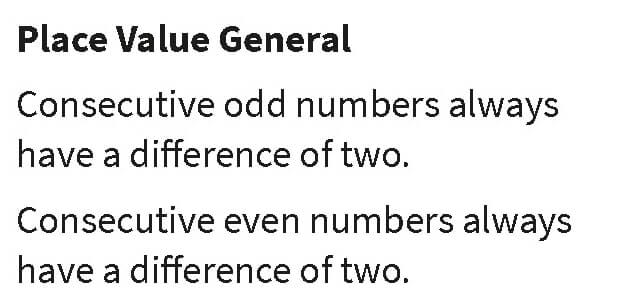
Addition and subtraction (Year 3)
- Addend plus addend equals the sum.
- Minuend minus subtrahend is equal to the difference.
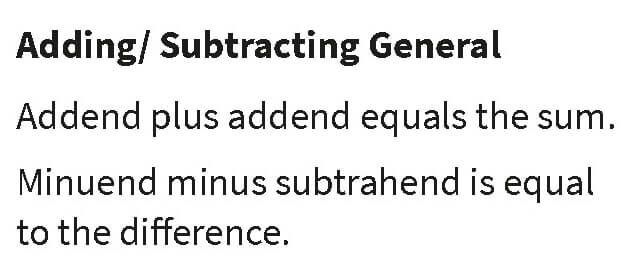
Multiplication and division (Year 1)
- Double (number) is (number).
- (number/ item) have been shared equally into (number) groups/ lots/sets. There are (number/ item) in each group/lot/set.
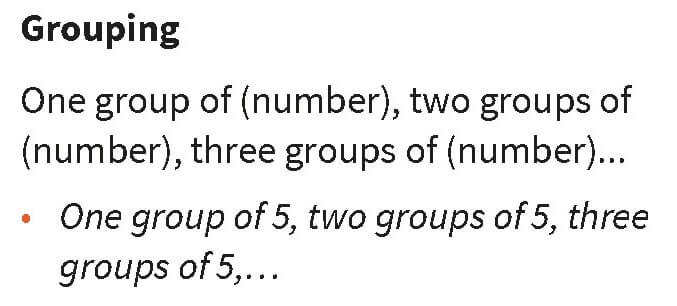
Fractions, decimals, percentages (Year 5)
- Improper fractions are fractions with a numerator is greater than the denominator.
- Percentage or percent means how many parts per hundred.
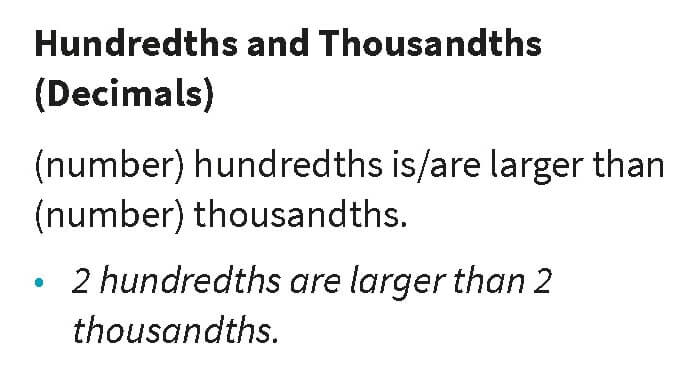
Geometry: properties of shape (Year 6)
- Where lines intersect (cross), they create vertically opposite angles. Vertically opposite angles are always equal.
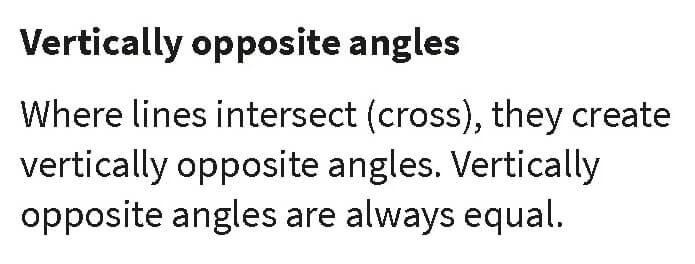
Measure (Year 4)
- Kilo- as a prefix means thousand.
- There is (number) pounds. There is (number) pence. This is a total of (pounds) and (pence). This is the same as (pounds and pence total).

How stem sentences are incorporated into our interventions
During Third Space Learning’s AI tutoring sessions, pupils are encouraged to verbalise their reasoning and explain their working out to their AI tutor, Skye. Our Academic Team is also building stem sentences into Skye’s training to bring our intervention and resource offering closer together.
“Fantastic way to get the children TALKING about their maths and explaining their thinking.”
Zoe Singh, Deputy Headteacher, Herringham Primary Academy
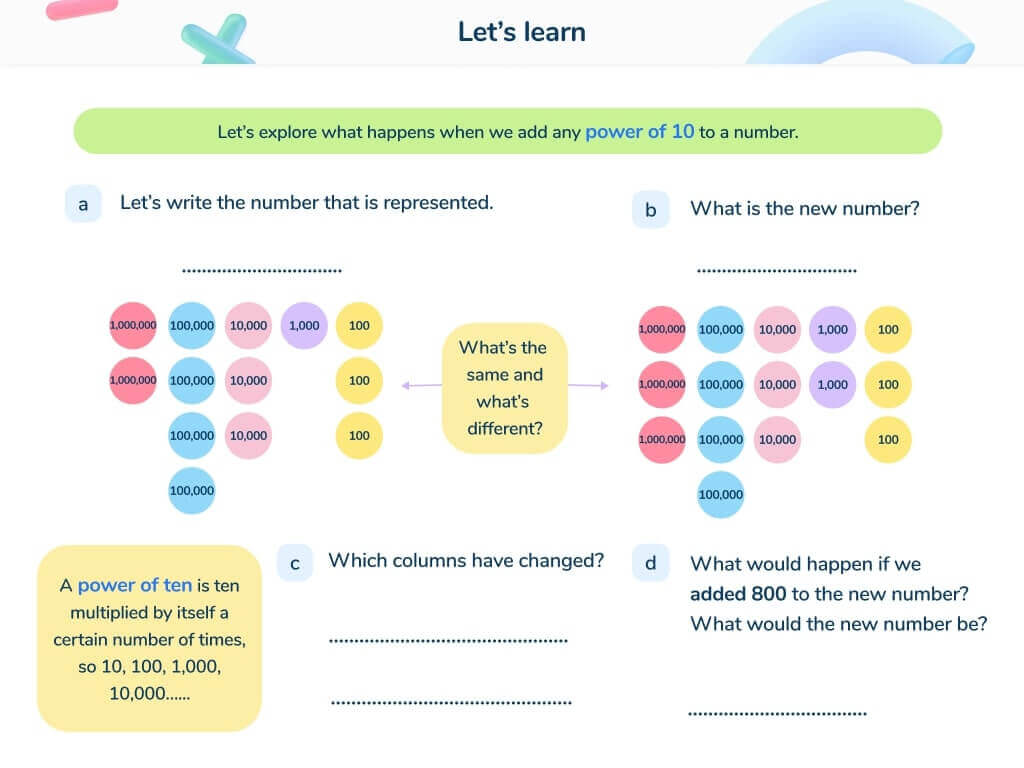
Third Space Learning’s intervention programmes
Third Space Learning has a list of stem sentences that can be downloaded and used in your classroom from the Maths Hub. Although, there may also be stem sentences that you develop as a class or with specific pupils to help them clarify their understanding!
Read more:
DO YOU HAVE STUDENTS WHO NEED MORE SUPPORT IN MATHS?
Skye – our AI maths tutor built by teachers – gives students personalised one-to-one lessons that address learning gaps and build confidence.
Since 2013 we’ve taught over 2 million hours of maths lessons to more than 170,000 students to help them become fluent, able mathematicians.
Explore our AI maths tutoring or find out about an online maths tutor for your school.



